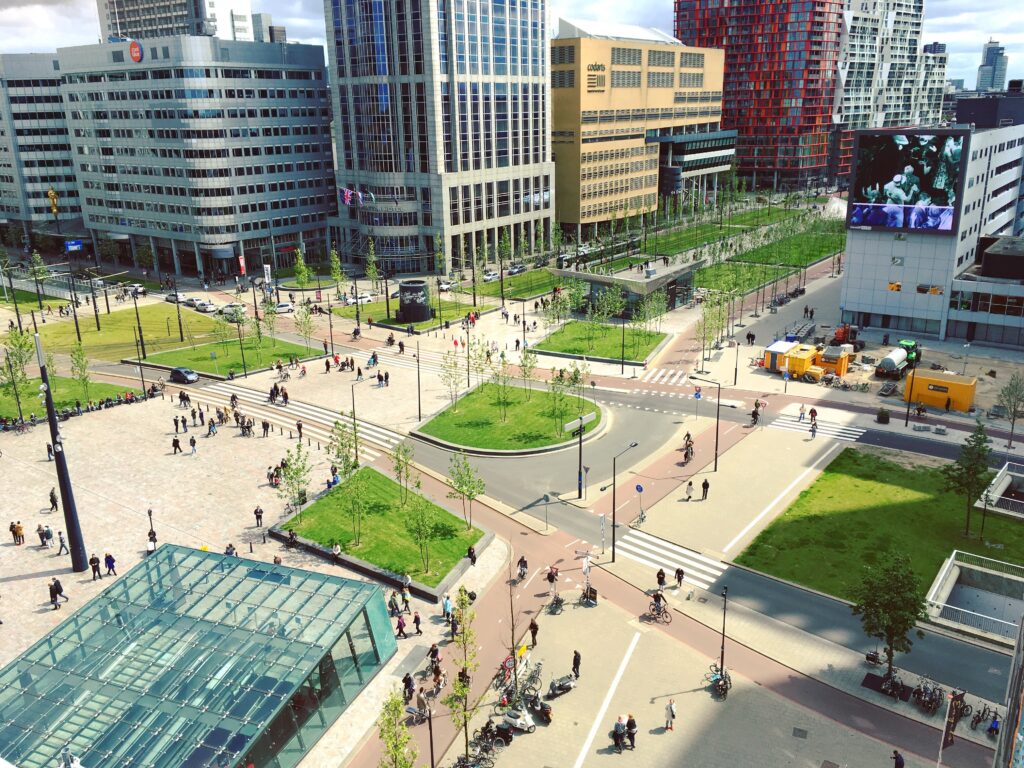
Urban planning today must strike a delicate balance between sustainability, smart development, and long-term livability. The article “Integrating City Master Plans with Sustainable and Smart Urban Development: A Systematic Literature Review,” authored by Przybysz et al., embarks on a methodical exploration of these interconnected aspects. It provides a systematic review of literature focused on how city master plans can integrate with sustainable urban development (SUD) and smart city concepts.
The authors’ primary aim is to bridge a critical gap in existing research that often treats sustainable development, smart cities, and city master plans as distinct entities. Through an extensive review of 84 scholarly articles using the Methodi Ordinatio methodology, the research identifies models, frameworks, and practical examples of urban planning that harmonize these three essential elements. The study seeks to create a consolidated knowledge base for city planners and policymakers that underscores the importance of aligning master plans with modern urban needs.
The systematic review conducted by Przybysz and colleagues maps out various global examples where city master plans have integrated sustainable and smart urban development. It underscores the substantial progress made, especially in Asia, which dominates with pioneering projects across China, India, and South Korea. Other notable contributions come from Europe, North America, and emerging efforts in Africa and Latin America.
The article highlights that most models for SUD and smart cities, such as Geographically Weighted Regression (GWR) and the Intelligenter Method, often focus on region-specific applications. The reviewed frameworks, including the Knowledge Product Evaluation (KnoPE) and smart urban infrastructure frameworks, showcase innovative strategies involving interdisciplinary approaches that connect technology, governance, and public participation.
One striking finding is the uneven global distribution of sustainable and smart urban projects, with a notable emphasis on developing countries. This reflects the dual motivation of fostering economic growth while addressing urban challenges. The prioritization of sustainable energy, urban mobility, and inclusive technological solutions is central to these initiatives. However, the study also reveals a persistent gap: the lack of integration between frameworks that fully encompass sustainability, smart technology, and detailed master planning.
Przybysz et al.’s work calls attention to the need for cohesive strategies that incorporate social equity, environmental justice, and climate resilience more explicitly. The research suggests that while frameworks touch on these topics, they often lack comprehensive metrics or focus on long-term sustainability. Addressing these gaps would enhance the holistic quality of city planning frameworks and ensure they better meet the demands of a changing urban landscape.
The discussion in the article also emphasizes the essential role of technology, such as IoT, AI, and data-driven platforms, in modern urban planning. These tools enable cities to optimize resources, improve public engagement, and adapt more efficiently to socio-environmental challenges. However, the article calls for an expansion of collaborative approaches across sectors, including health, education, and public policy, to bolster urban resilience and equity.
Conclusion Przybysz et al. provide a critical foundation for urban leaders, policymakers, and planners looking to design more integrated, sustainable cities. The review outlines significant progress while also identifying areas for further development, such as enhanced metrics for long-term monitoring and increased cross-sectoral collaboration. By addressing these areas, urban planning can better serve as a blueprint for a more sustainable, equitable, and resilient future.
For a more detailed analysis and insights, readers are encouraged to explore the full article by visiting Integrating City Master Plans with Sustainable and Smart Urban Development.

